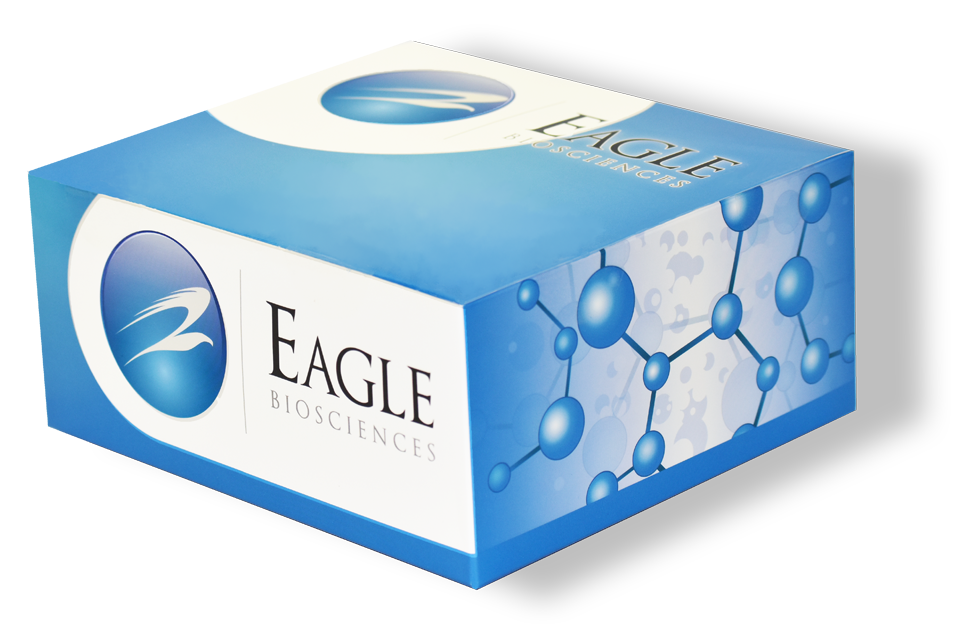CUPRAC Food and Beverage Antioxidant Assay
The CUPRAC Food and Beverage Antioxidant Assay is For Research Use Only
Size: 50 samples/standards & 50 blanks
Incubation Time: 10 minutes
Sample Type: Water based foods and food extracts
Sample Size: 20 µl
Assay Background
Antioxidants are plentiful in nature, designed to help preserve cells from oxidative damage due to injury or the environment. Many of these antioxidants are beneficial to humans, and are believed to be involved in preventing many diseases. Consumers have taken a great interest in their consumption of antioxidants for improved health, and the food industry has taken notice – oftentimes listing the amount on prepared, packaged foods. The Food Science Division Aqueous CUPRAC Antioxidant Assay has been designed to quantify the antioxidant levels in water based foods and food extracts. This assay is based on the changes in absorption characteristics of the neocuproine (Nc) copper (II) complex when it is reduced by an antioxidant. The reduction potential of the sample or standard effectively converts Cu+2 to Cu+1, thus changing the absorbance maximum, as shown in Figure 1. This reduced copper complex gives an absorption maximum at 450 nm. The calibration curve is generated using a known concentration of Trolox, with the data being expressed as μM Trolox equivalents.
Related Products
TBARS Assay for Food and Beverages
Total Antioxidant Power Microplate Assay Kit


